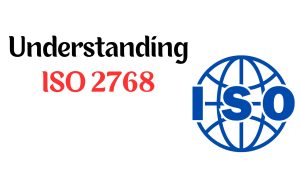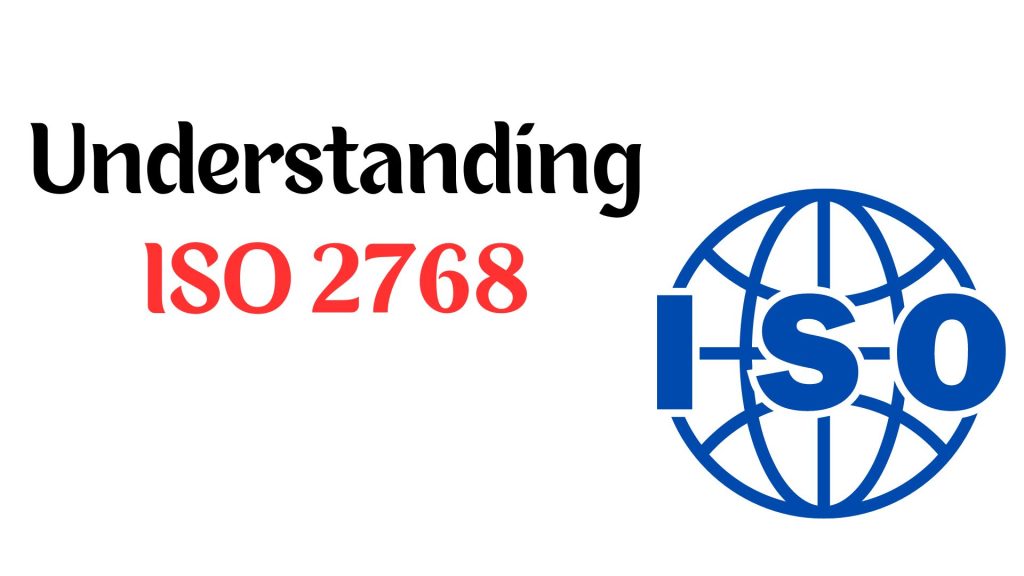In sheet metal welding, the choice between weld flux and filler metal plays a crucial role in achieving optimal results. Let’s delve into the distinctions between these two elements:
Weld Flux:
– Weld flux acts as a chemical purifying and cleaning agent, promoting fusion in sheet metal welding.
– Its primary function is to hinder oxidation of the filler and base materials during welding, ensuring a clean and effective fusion.
– Available in solid or solution form, weld flux remains almost inert at room temperature but becomes highly reducing at elevated temperatures to prevent metal oxide formation.
– Flux facilitates wetting of molten metal by dissolving surface oxides, acting as an oxygen barrier to minimize oxidation.
Filler Metal:
– Filler metal, a substance that melts to form a weld joint between metal workpieces, is crucial for meeting service requirements like mechanical strength and corrosion resistance.
– Comes in various forms such as rings, wire, washers, powder, or slugs, and is blended with weld flux to create a paste mixture.
– Common filler metals for sheet metal welding include aluminum, lead, brass, silver, nickel, carbon steel, copper, chromium, tin, zinc, jeweler’s gold, and titanium.
Methods of Welding Sheet Metal: Fusion vs. Solid-State Welding
- Fusion Welding:
– Involves heating base metals to their melting temperature for coalescence.
– Subcategories include arc welding methods like GMAW, SMAW, and TIG welding.
– Ideal for industrial applications due to its speed and simplicity.
- Solid-State Welding:
– Faying surfaces are melted without additional heat application, relying on pressure for a sound weld joint.
– Methods include Cold Welding, Forge Welding, Friction Stir Welding, and others.
– Maintains original properties of sheet metals without heat-affected zone issues.
Advantages and Disadvantages: Fusion Welding vs. Solid-State Welding
Fusion Welding:
– Advantages:
– Allows for easy application of filler material.
– Suitable for joining more than two metal workpieces.
– Best for industrial applications due to its speed.
– Disadvantages:
– Challenging to bond dissimilar metals with varying thermal expansion coefficients.
– High heat may impact mechanical features and result in residual stress.
Solid-State Welding:
– Advantages:
– Maintains original properties of joined metals.
– No heat-affected zone issues.
– Suitable for dissimilar sheet metal materials.
– Disadvantages:
– Requires surface preparation.
– May need complex and costly equipment.
Controlling Burn-Through and Distortion in Sheet Metal Welding
To prevent burn-through:
– Use lower current settings.
– Weld faster to minimize heat input.
– Avoid over-grinding base metal margins.
– Clean surfaces thoroughly before welding.
Controlling distortion:
– Properly size welds to reduce distortion.
– Use intermittent welding to prevent material shrinkage.
– Weld close to the center of the sheet metal.
– Utilize clamps for better control.
Sheet Metal Welding Tips and Tricks:
– Carefully select welding processes like GMAW-P and GTAW.
– Use smaller diameter wire for better control.
– Maintain a clean work area.
– Choose welding machines with reliable voltage control.
Sheet Metal Welding FAQs:
– Essential tools include a welding helmet, welding rods, gloves, angle grinder, metal brush, and more.
– Suitable metals for sheet metal welding include galvanized, stainless steel, carbon steel, aluminum, and brass/copper.
In conclusion, mastering sheet metal welding requires understanding the nuances of weld flux, filler metal, and choosing the right welding method for the task at hand. Following best practices and employing proper techniques will ensure successful and efficient sheet metal welding.
For top-quality custom sheet metal welding services, consider reaching out to MY Prototyping Fabrication, providing solutions from sheet metal laser cutting to custom welding services.






